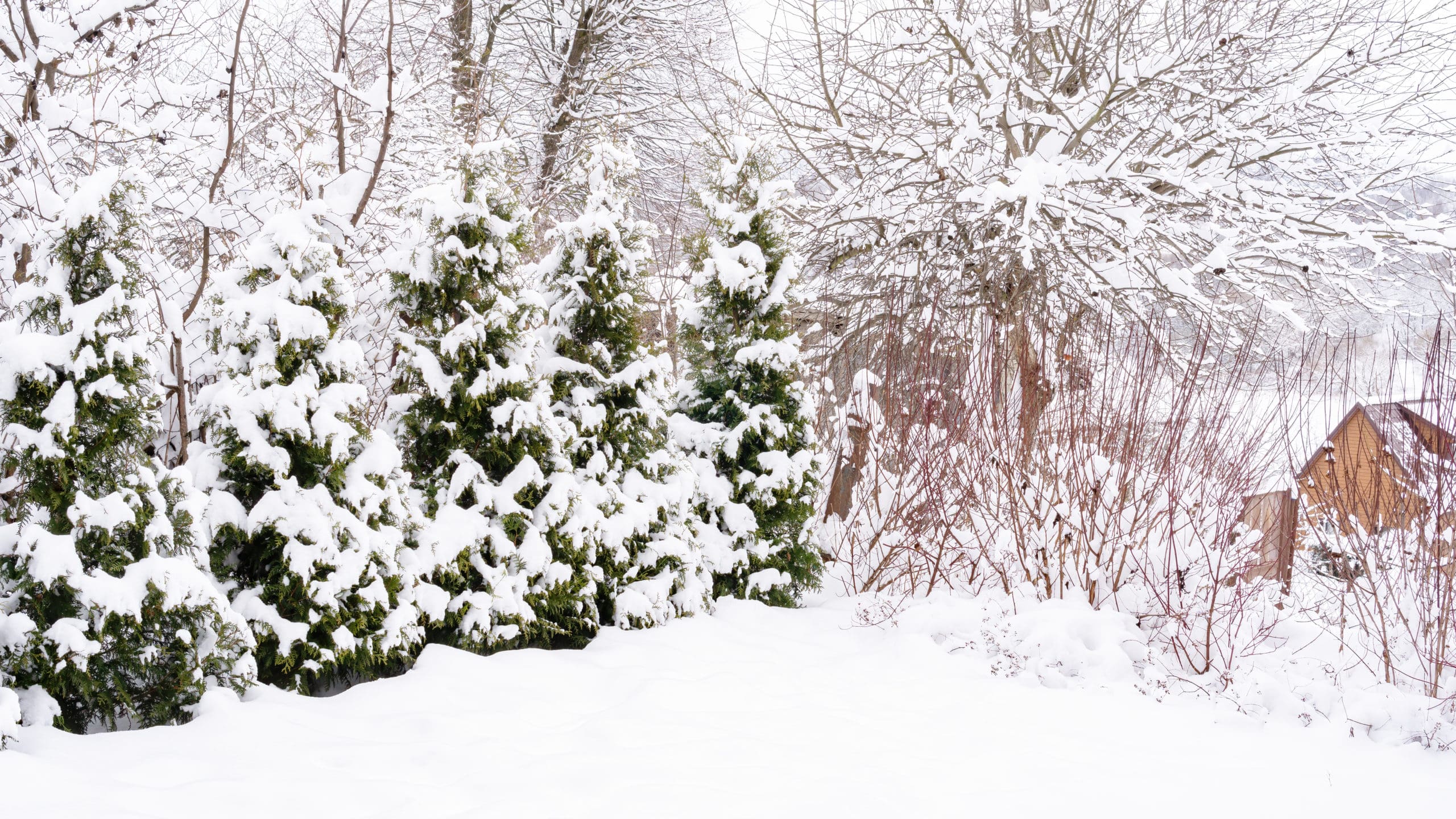
Winter isn’t just about letting snow and ice build up while major outdoor projects go dormant. In fact, the exact opposite is the case for a number of crucial landscaping projects. Certain major tree renovation, land fertilization, and material clearing projects can all be done best during or right at the start or finish of the winter season.
These are ideal winters tasks. This is due partly to the ways in which trees change their metabolic rhythms during cold weather. It’s also partly because of how winter foliage conditions make certain outdoor projects easier to plan and tackle. Tree-related pruning, cutting, and clearing work in particular is ideal for winter. It can be performed at its best using forestry equipment that’s ideal for exactly these kinds of landscaping tasks.
The following guide covers several of these crucial projects and why each is worth doing during winter months.
1. Tree Pruning
Trees often go dormant during the winter months. This makes it an ideal time for pruning work to minimize any harm done to their health. The lack of vital spring, summer, or fall fruit, seed, or leaf production and their corresponding sap flow mean much lower levels of trauma when branches are removed. In other words, winter is a great time for this kind of vital landscape and forest management work.
An added benefit of winter pruning for tree health is that the cold conditions offer extra protection to wood against certain diseases. These diseases could otherwise more easily enter through newly cut branches. Finally, there is the obvious winter pruning benefit of reduced leaf cover in most deciduous trees and forests. This makes selecting dead or dangerous branches for pruning logistically easier. Bucket trucks and even service trucks are ideal equipment for doing this task in particular during the year’s cold months.
2. Brush, Branch, and Trunk Clearing
For the same reasons mentioned above about foliage reduction, clearing dead branches, brush, and fallen trees is a task well-suited to winter conditions. All of these major sources of landscape clutter are easier to see and properly cut up for removal. Even in forests of evergreen trees, the reduction in ground-based greenery and leaves around deciduous trees makes for easier access for forestry workers trying to get at branches or deadfalls that need to go. Brush and branches pulled from thickly landscaped garden areas will also cause less harm to surrounding plant foliage during the winter season.
3. Weather Prepping Trees
Placing plastic or metal mesh guards around trees for protection against invading pests and propping up branches and trunks against heavy winter snowfall or storms are all landscaping tasks that should be done during the early days of winter. These jobs are vital to the health of these plants. They will also help conserve their aesthetic appeal for spring and summer growth. Weather prepping of taller trees is often done with the help of equipment, lifting arborists or forestry workers into spaces around the higher branches.
4. Removing Dangerous or Dead Trees
Dead trees are a danger to power lines, windows, roofs, and passing pedestrians. This applies especially when heavy snow or strong winds further weigh down and weaken them. This is why early winter is an excellent time to cut them down. Accessing dead or dangerously weak trees will also be easier when surrounding foliage is minimal. Also, landscapers doing this work in the winter be able to finish it without disturbing as many bird nests, pollinating insects, seed spreading small animals, or other creatures who swarm forests during warmer seasons.
5. Refreshing and Replenishing Mulch
The cutting, pruning, and wholesale removal of trees, branches, brush, and old leaves during the winter is an excellent opportunity for creating new nutrient-rich organic material that can be used for refreshing and replenishing mulch beds around gardens and planting spaces. Mulch trucks can turn all of the wood, rotting lumber, and leaves into an ideal substrate for healthy spring growth of living garden spaces. Winter is the best time of the year for creating and sung these materials from waste.
6. Leaf Composting
Leaves that have fallen to the ground during the fall months are extremely rich in fertilizing nutrients for garden plantings. They are at their best for removal and composting during the winter. They can also be mixed in with the material from mulched tree branches and trunks collected from the tasks above.
7. Fertilizing Gardens and Tree Plantings
The combination of mulched tree branches, dead fall wood, and dead leaves will make an ideal natural fertilizer for spring and summer growth. All of this dead plant material, once mixed together and pulverized by a mulch truck, works as an excellent natural fertilizer. It is also a protective layer against deep cold for small, delicate plantings.
Using the Right Equipment
All of the crucial winter tree and garden management projects above will be much easier with the right equipment. The dump trucks, chip trucks and bucket trucks of Custom Truck One Source are professionally built for rugged, reliable forest and landscape work in any weather conditions.



